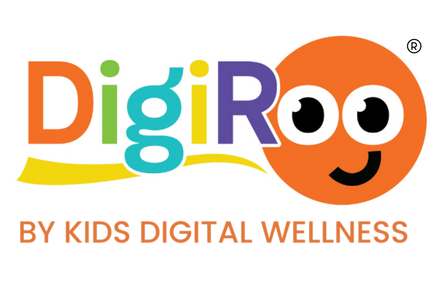When handling a smart device - did you learn how to properly hold the device? How long do you hold the device for? How does your physical body feel after holding the device?
Check this out. Look at your pinky finger. Right now. Feel it with another free finger, maybe a thumb. Feel that dip in your finger? I bet it wasn’t there 10 years ago. When everyday movements are practiced, your body adjusts. This is not always welcome news.
Tech neck is serious, especially for our children in their developmental years. As their parents, caregivers or guardians we have the responsibility of raising happy hearts and strong bodies. We teach minds, we train bodies. This early time is crucial for their physical growth.
Posture is a vital health behavior that should be practiced regularly. When corrective behavior is taught as the first behavior, it is known as prehab training. Prehab movements are made to prevent rehab; they are the actions you take to avoid the injury. Prehab is a growing movement for numerous strength and conditioning programs with special attention towards a healthy longevity throughout life. Training prehab movements in early foundational development is such a powerful gift we can give the youth to benefit their entire lives.
Technology usage is an everyday practice. The basic prehab position for technology posture is to put the device in a position that is parallel to your vision level while comfortably holding an aligned spine. With an upright posture, bring the device to your vision level.
- If on a hand held smart device, this means lifting your arms so that your hands are in front of your aligned vision level.
- If using a desk sat device, lift the surface so that the device is parallel to your aligned vision level. Does the standing desk make more sense now?
It may feel weird, but do you know what’s weirder?! Tech Neck. Now drop your shoulders, take a deep breathe, and use smartly.
Implementing these healthy posture habits from an early age for our kids, will significantly reduce the strain on their neck and support strong development in their crucial early childhood.
Article credit: Natalie Sannemalm

